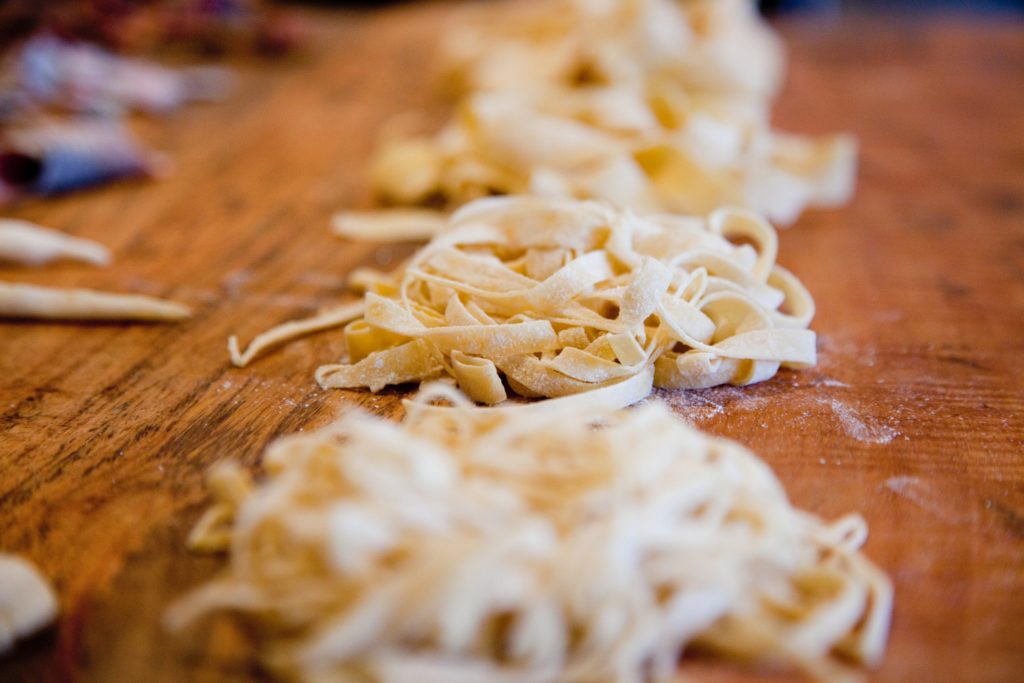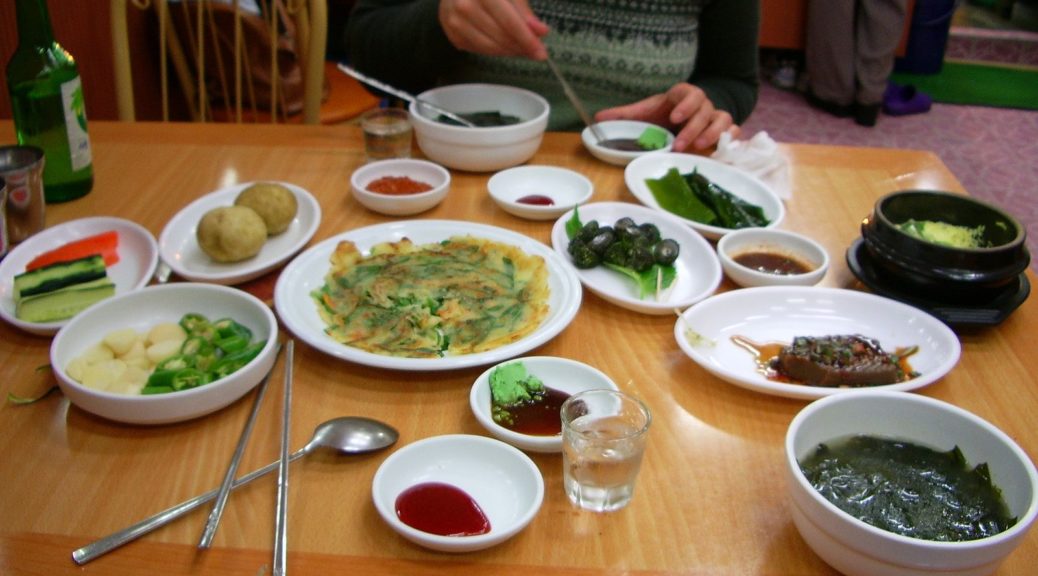By Cassandra Liu
Edited by Natalie Grace Sipula
[3 minute read]
After every hard day, depressing event, or stressful moment, the first meal I turn to is one that has been passed down to me through many generations of my family. It is our family’s version of a classic Chinese noodle dish – handpulled noodles. We call it Lā Miàn, which literally translates to “pull noodles” in English. Paired with a vinegary, spicy dressing sauce, this dish is something that never fails to bring me comfort and even a sprinkle of happiness.
Handmade noodles have an incredibly long and rich history. The oldest known origin of the noodles was traced to an area in Northwestern China and its recipe has diverged into countless variations with differing ingredients, noodle width length, and ways of making the noodles. This is how my family makes it:

My family uses a mix of whole wheat and all-purpose flour. We begin by adding water to flour with a ratio of 1 water to 2 flour. Then, add a pinch of salt to the mixture and knead until a rough dough is formed. Cover the mixture with either a damp towel or cling wrap and let the mixture rest for around 10 to 15 minutes so that the dough is more workable. After that short period of time, continue kneading the dough until it is smooth, which might take around 2 minutes. Be sure to not overwork the dough, or else the gluten will develop and the noodles will become too tough. After the dough is smooth, divide it into two pieces. Using a rolling pin, roll them out into a rectangle shape with about a 0.5 inch thickness. Coat a plate in oil, coat both sides of the rectangle dough in oil, and place the dough on the oiled plate. Cover the plate in cling wrap and let it rest at room temperature for an hour and a half.

Next, bring a pot of water to a boil. While the water is boiling, remove the dough from the oiled plate and cut the dough into 0.5 inch strips. Grab a strip and gently pull the ends in opposite directions. While pulling the strips apart, gently move your arms up and down and let the dough bounce against the tabletop, which helps the dough stretch out even more to your desired length. Drop the noodles into the boiling water and cook the noodles for 2 minutes, until the noodles are chewy and cooked through. Drizzle some sesame oil over the noodles to prevent them from sticking together while preparing the sauce.
To make the sauce, mince garlic, ginger, and scallions. Place the chopped vegetables over the noodles along with some red pepper flakes. Heat up some neutral oil in a pan and pour over the chopped vegetables. Listen to and savor the sound as the hot oil fries the garnish. Add soy sauce and black vinegar to taste and enjoy!

Summer or winter, rain or shine, this dish is something that my family eats at least once every two weeks. Pair it with some boiled vegetables, and you have yourself a hearty and delicious meal! Whenever I’m feeling homesick, I come back to these noodles and I’m immediately taken right back to my family.
Featured Image by Önder Örtel on Unsplash
Cassandra is a recent graduate who studied Health Promotion and Disease Prevention. She grew up in the Bay Area and speaks Mandarin fluently, a language she uses to interact with her parents and grandparents. On campus, she was involved in Trojan Shelter, Wazo Connect, and worked as a research assistant in the Brain and Music Lab at the USC Brain and Creativity Institute, among other things. In her free time, Cassandra enjoys cooking, playing music with her friends, and exploring the best food places in LA.




